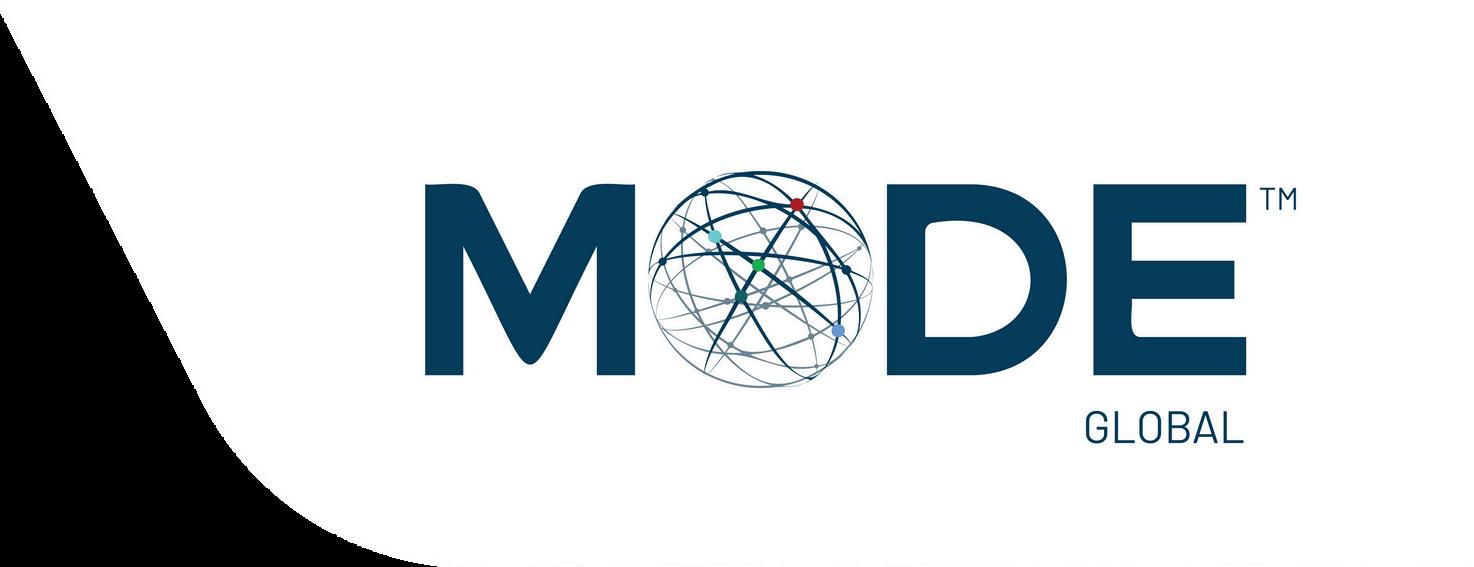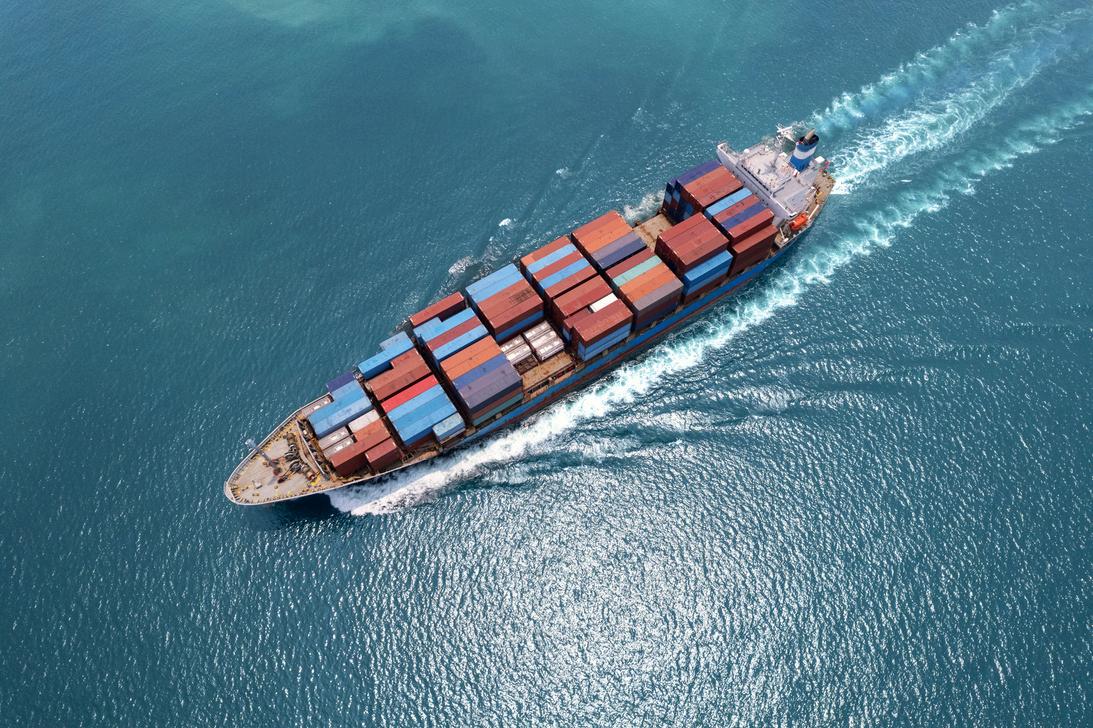
















As 2024 comes to a close, the Outbound Tender Rejections Index (OTRI) remains elevated compared to 2022-2023 levels but continues to lag behind 2019. Recent extreme weather briefly pushed OTRI above prepandemic 2020 levels, but no significant market indicators suggest these levels will persist into Q1

In December, National Van Spot Linehaul RPM posted another year-over-year gain, rising $0.09 per mile, or approximately 5%; however, ongoing fuel surcharge compression kept all-in rates subdued. Despite this, December marked the first year-over-year increase in National Van All-In RPM for 2024, with a modest but notable 1% rise.


Looking ahead, FTR Intel projects a stable 2025, with <5% year-overyear increases in linehaul rates; however, declining fuel surcharges could offset these gains, potentially limiting growth in all-in RPM.

Source: ftrintel.com
Van and flatbed rates climb during holiday week
Source: DAT.com/trendlines


Looking at forecasted intermodal pricing in 2025, it is expected to see railroads and intermodal providers post price increases in the majority of head haul lanes where demand has been strong. Pricing is expected to remain flat or decrease for backhaul lanes that will reposition intermodal containers to intermodal markets where equipment capacity is needed.
Union Pacific removed their MCP customer and aggregate surcharges out of Southern California on December 22, 2024.
CSX will begin construction on the Howard Street Tunnel clearance project to allow double stacking of containers and create additional capacity in their lanes that are routed through Baltimore. This will create a temporary routing change for several lanes until the project is complete.



Here are links to some top stories in the industry for you to check out:
Impact 40% of Commodities
FedEx Freight to be Standalone Company
Pitt Ohio Acquires Sutton Transport
2025 is shaping up to be another exciting year in the LTL industry Mergers and acquisitions are expected to continue to reshape the LTL landscape, with the most recent notable announcements being the Pitt Ohio acquisition of Sutton Transport and Jack Cooper finalizing the acquisition of Standard Forwarding from DHL There is also the announcement of the FedEx Freight spinoff, which has created quite the buzz, and will undoubtedly create some action within the industry. The Yellow asset auctions should conclude this year as well, as the fourth auction is scheduled for later this month – last month saw Estes and R&L remaining active in acquiring assets. One of the larger events, planned that is, set to impact the LTL industry in 2025 is the National Motor Freight Traffic Association (NMFTA) is set to overhaul its classification system by converting thousands of commodities to a density-based classification. This is going to better align carrier costs with customer prices, and will be critical for shippers to understand what the impact could be for their commodities and ensure their pricing provisions are aligned to support any potential changes. Be sure to monitor the NMFTA’s website for the most up-to-date information.
Looking back into 2024, LTL rates remained stable throughout the year. The Producer Price Index for Long haul LTL, which measures average cost paid to LTL transportation providers, cited a reading of 408 425 to start the year in January and landed at 410 408 to end the year in December A challenging economic backdrop and increased operational costs resulted in LTL carriers exercising pricing discipline for much of the year as they searched for the right freight and customers to balance their network needs It is expected that the carriers continue this trend throughout 2025, with renewal rates likely to see an uptick as LTL demand improves. If you recall, and to set the stage for 2025, ABF Freight implemented a 5.9% GRI in September, Saia published 7.9% in October, Old Dominion took 4.9% in December, FedEx implemented a 5.9% GRI to start January 2025 and Roadrunner just announced a 6.9% GRI for 2025. This is a good indicator of what to expect on contract renewals to start the year.

As we kick off the new year, demand for LTL services remains soft. Industrial production has contracted for three straight months, and we may not see that trend change until the end of the first quarter. The U.S. ISM Manufacturing PMI also remained in contraction for the month of December, although we experienced the best reading since March at 49.3. Demand is expected to increase as we get deeper into 2025 as the economic circumstances improve

Source: Trading Economics & Federal Reserve
The U S national average cost per gallon for on highway diesel in the month of December 2024 came in at $3 494, which is $ 03 or 0 8% lower than November’s average of $3 522 The U S national average in December of 2023 was $3 972, which is $ 478 or 12% more than December 2024 We start the second week of January 2025 off at $3 602 per gallon for the U S national average and rates in the FTL market rebound, which should result in larger or heavier weighted LTL shipments coming back in.



UPS (United Parcel Service): The collapse of UPS' SurePost and Mail Innovations agreement with USPS at the end of 2024 has significantly impacted the company's operations and pricing strategy. UPS was forced to raise costs for these services by 30%, rendering Mail Innovations unsustainable and driving up the cost of SurePost. With no robust contingency plan in place, UPS now faces increased operational strain and is passing these higher costs onto customers through rate hikes for SurePost, effective January 13, 2025 Adding to the challenges, the loss of USPS’ air cargo contract to FedEx has intensified the pressure on UPS to reconfigure its operations and rebuild investor confidence
FedEx: Previously, FedEx made a strategic decision to bring USPS-partnered deliveries in-house, giving it a significant advantage in adapting to evolving market dynamics. This foresight has enabled FedEx to sidestep the operational disruptions now challenging UPS, allowing it to respond more effectively to industry changes. Securing the USPS air cargo contract further solidifies FedEx’s market position, while ongoing efforts to streamline operations, including the planned spinoff of its freight division, reflect its proactive strategy. FedEx is closely monitoring UPS' pricing adjustments and is well positioned to match price increases, potentially capturing additional profits in the process.
USPS (United States Postal Service): USPS is undergoing significant changes, ending partnerships like SurePost and consolidator discounts as part of its modernization strategy. It remains the only cost-effective option for lightweight e-commerce deliveries to residential addresses, ensuring its continued relevance in the logistics ecosystem. USPS’ move toward greater operational self-sufficiency reflects its effort to remain financially viable and reduce dependency on external partnerships.



EC/Gulf Labor update: The International Longshoremen’s Association (ILA) & the United States Maritime Alliance (USMX) reach tentative agreement that avoids another port strike.
Rates: Rates moved up in January, boosted by port labor concerns and front loading before Chinese New Year.
Supply: Some capacity disruption expected as carrier alliances re-shuffle in late January.
Demand: Import volume tapering toward Chinese New Year holiday but load factors still strong.
Blank sailings were more active moving into the first two weeks of January – with 16% and 19% of capacity missing in the first and second weeks; however, space has become more available for mid- and late-January bookings. Carrier vessel schedules are still being impacted by weather and other delays at Asia origin ports. Vessel bunching is also still prevalent, particularly on Asia-U.S. West Coast lanes, but should remain moderate through January with approximately 5-6% of total capacity impacted

Equipment capacity issues have eased after the acute shortages in late December as carriers have on-hired leased containers to get them through the pre-holiday period. Additionally, terminal congestion seems to be somewhat light on the West Coast, while Savannah and New York show only a slight backlog of vessels awaiting berth (due to the recent winter weather delays).

After record-setting November volumes, December volumes stabilized overall; however, moving into January, importers started planning for two significant events: the potential tariff hikes under the incoming Trump administration and the threat of an ILA port strike on January 15 (which we now know has been averted). The combination of these factors has created a surge in demand for container space.
Both of these events coming in January prompted many importers to accelerate their shipments and push orders forward a month or more. Some importers, however, bet on the idea that the labor situation would indeed resolve itself prior to the January 15 deadline and made no adjustments to their planning process Importers are still very concerned with the potential direction the Trump Administration will take related to tariff action both in the near and longer term
According to a December forecast from the National Retail Federation (NRF), U.S. imports will likely rise 12% yearover-year in January at 2.16 million TEUs. February is forecasted to see a decline of about 4.5% to 1.87 million TEUs as factories in China shut down for Lunar New Year. March traffic is projected to jump back up to 2.13 million TEUs, an increase of 12%, when factories return to full production.
Ocean container spot rates surged upward closing out December and moving into January. After a year of fluctuating rates and uncertainty, shippers saw rising costs, particularly on the eastbound transpacific trade lane.
With a strike at U.S. East and Gulf ports averted with the announcement of a tentative agreement, the planned significant congestion surcharges are now being canceled, and the substantial rate increases carriers imposed on January 1 are now being recalled. These January 1 increases were factoring in both a potential strike and strong January demand ahead of the Lunar New Year holiday in late January.
The Drewry World Container Index posted on January 3 showed a 3% week-over-week increase to $3,905 per forty-foot equivalent unit, driven by rate increase on transpacific routes to both U S West and East Coast ports from Asia Spot rates from Shanghai to Los Angeles jumped 7%, or $330, to $4,829 per FEU, while Shanghai to New York rates rose 6%, or $371, to $6,445 per FEU
Freightos data showed rates from Asia to U.S. West Coast ports increased 8% to $4,825 per FEU for the week ending December 27, 2024. Asia-U.S. East Coast prices saw a 3% bump to $6,116 per FEU in the same period.


Industry analysts expect the current rate momentum to continue into early 2025, though with some potential moderation Drewry forecasts that rates on the transpacific trade will likely rise in in mid-January, driven by a Chinese New Year rush and potential tariff uncertainty under the new Trump Administration This will likely be the carrier’s last attempt to grab additional revenue prior to the Chinese New Year lull as it is probable that the transpacific rates will soften as we move into the post-Chinese New Year period.

Ocean carriers, terminal operators and the dockworkers union announced a landmark agreement on January 8 covering 25,000 workers that will allow automation technology at container ports on the Eastern Seaboard and Gulf of Mexico while guaranteeing more ILA positions to help operate that equipment
The agreement outlined that terminal operators and ocean carriers get broader rights to introduce semi-automated rail-mounted gantry cranes and other technology they say are needed to improve efficiency in container handling. On the other hand, the union receives guarantees for new jobs linked specifically to each piece of equipment. Jobs associated with cranes are among the highest paying among port workers.
The sides had already agreed to a 62% pay increase following the October strike, but that was contingent on completing a new contract. Benefits and container royalties are among the details still to be worked out
Port operation and container handling will continue under the terms of the current contract while the ILA and USMX work out benefits and other details of the new six-year agreement The new final agreement likely won’t be ratified by union members until the summer or fall of this year.
This tentative port/labor contract agreement is expected to have a calming effect on container shipping rates, but an array of other unresolved/ongoing issues warrant caution throughout the supply chain.




